Timberdoodle. Bogsucker. Becasee.
Is there a bird that inspires more unusual nicknames than the American woodcock?
Perhaps that’s for good reason, because this is one of the most unusual birds you’ll ever meet.
And I have a long history with this strange denizen of forest and bog.
The American Woodcock (Scolopax minor) is one of my favorite bearers of good news. As a young wildlife biologist at the University of Wisconsin – Stevens Point, I learned that its arrival on singing grounds signaled the end of a long, cold winter.
It was during these times that I would spend hours in Schmeeckle Reserve, across the road from my dormitory, watching the males display in their characteristic courtship flight.
It was in those woods that I grew to love this shy little bird.
In Louisiana, where I live, the woodcock’s arrival again brings me good news – cooling temperatures and crisp mornings in the Atchafalaya River Basin behind bird dogs.
And the warming winds of February leave me with good memories of another season with these wonderful birds.
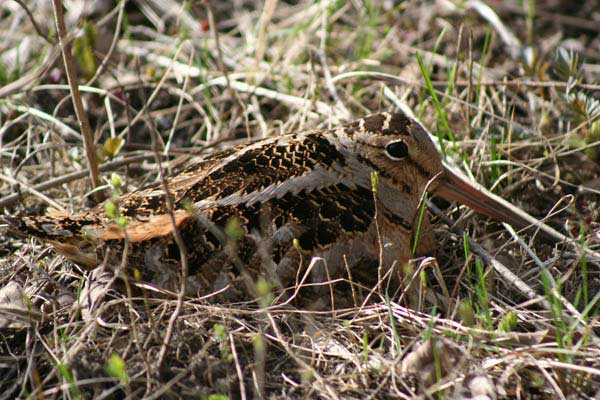
Meet the Woodcock
American Woodcock are one of six woodcock species worldwide. Actually a shorebird, its aforementioned nicknames — Bécasse (French translation), Timberdoodle, and Bogsucker — are all indicative of its preferred habitat and habits.
Timberdoodles like their feet wet, but not too wet. They live mainly in young, dense wet forests near streams, rivers, and marshes.
Weighing in at less than a half-pound, they are short, squatty buff-colored birds, superbly camouflaged to match fallen leaves on the forest floor.
Their large eyes are set high on their head, giving them superior, almost 360° vision for detecting predators while feeding, often at night. Woodcock also have a long bill (about 2.5 inches) for probing soft, wet soil for earthworms, which make up over three-quarters of their diet, along with other invertebrates, like insects, snails, spiders and millipedes.
Bogsucker bills also have a prehensile tip, which can be opened to capture prey even when inserted into the ground! They are excellent fliers, with short-powerful wings and a high wing-to-weight ratio. These characteristics make them superb navigators in thick woods and powerful enough to migrate long distances.
American Woodcock are distributed across eastern North America, ranging from the about 50° North, south to the Gulf of Mexico states. They breed and spend summers from the Manitoba/Saskatchewan border across the Great Lakes east to Newfoundland and New England and south into Illinois, Indiana, Ohio, Virginia and West Virginia.
Beginning in late March, males seek out woodland openings and clearings at dawn and dusk, when light levels are just right, to sing and display for females for about one hour.
They stake their claim and begin to seduce females with a series of buzzing “peent” sounds.
After several peents, the male takes off into a spiraling flight, singing a melodious, warbling song on the way up that mixes with the classic Woodcock “twittering” sound on the way down, as wind rushes through the three outer primary wing feathers.
He returns to the same spot after each spirally flight. Interested females enter the clearing, and males display with a bobbing, bowing, strut, complete with a fanned tail. Females visit many males, and males mate with as many females as possible.
During mating season, woodcock are often easy to find, and displaying birds are seldom disturbed by onlookers, so if you get a chance, it’s a show worth seeing!
After mating, females construct rudimentary nests on the ground in dense, brushy woods, close to singing grounds, and most lay and incubate four, pinkish eggs with brown spots. While this is a rather low number of eggs, nest success is rather high and females will readily re-nest.
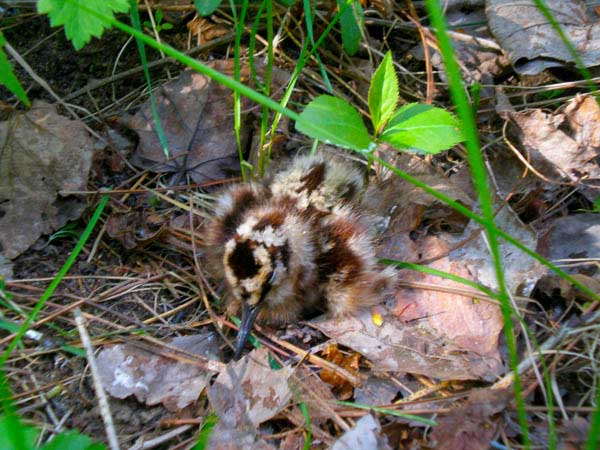
After about three weeks, chicks hatch with a superior camouflage of tan-yellow down with brown stripes and spots. Within hours, the precocial chicks follow their mother from the nest into dense hardwood stands with moist soil, where she broods and feeds the young.
Chicks develop rapidly, feeding themselves within days and beginning to fly within a few weeks, finally reaching independence after about 5 weeks.
During this brood-rearing time, there have been interesting anecdotal reports (going back to the 1940s) of females flying with chicks attached to their bodies, moving them from one place to another.
An Unlikely Migrant
While this seems like an odd behavior for such a small bird, the Timberdoodle’s large wing-to-weight ratio makes them very strong fliers for their size.
After mating, males move into the same feeding cover to spend the rest of spring and summer.
During this time woodcock feed voraciously, gorging themselves each day to get ready for their fall migration to wintering grounds.
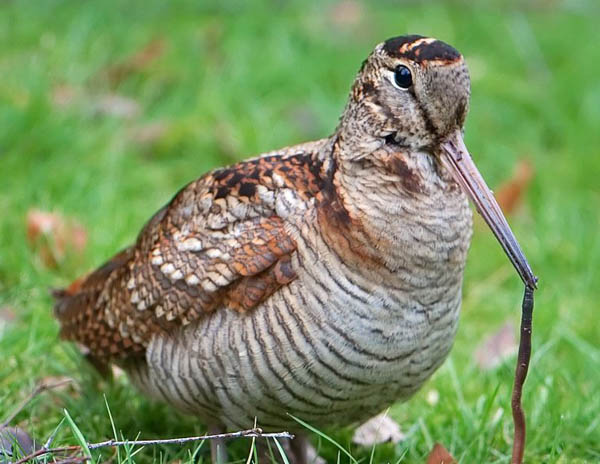
As autumn approaches, Timberdoodles begin a leisurely migration south to spend the winter where cold weather will not freeze the moist ground.
While large flights are sometimes seen ahead of large winter storm fronts, more commonly, woodcock migrate individually or in small groups, sort of bouncing ahead of the cold, rather than the more direct flights of other species of migrating birds.
Beginning in early October, migrants follow coastlines and river systems to the wintering grounds.
Although the wintering range has been reported to extend all the way from coastal New York through the southeastern and Gulf states to the lower Texas coast, studies have found three core areas with consistently high numbers of wintering birds – eastern Texas to central Louisiana, the South Carolina coastal plain, and the Lower Delmarva Peninsula.
Lower Delmarva, in particular, Cape Charles, Virginia, typically boasts the highest counts in the nation, because this area serves as a combination migration stopover and wintering site.
Other studies have estimated that perhaps 50% of the wintering population moves into the forested wetlands of Louisiana, with the largest concentration occurring in the Atchafalaya River Basin. Beginning in late January and early February, Timberdoodles begin to get the urge to mate, signaling the time for migration once again – this time north and back to the breeding grounds.
Woodcock are hunted by a relatively small but dedicated group of upland bird hunters – the tight-holding quarry considered too easy by some and, because of their preference for young, thick bottom lands, considered too hard by others.
Across their range, a little over 300,000 birds are harvested each fall, beginning in early October in the northern extents and lasting until the end of January in the southern extremes.
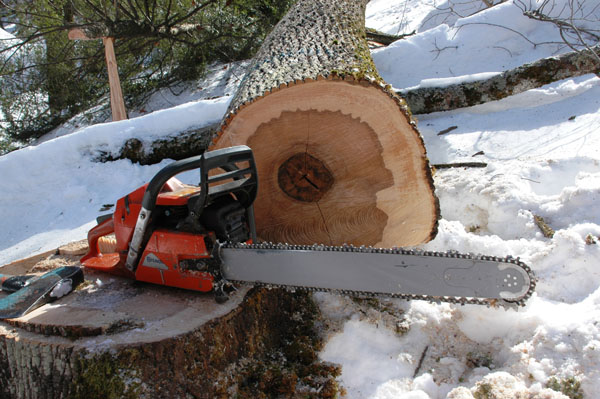
Clearcutting for Timberdoodles
Over the last 40 years, numbers of woodcock have been decreasing about 1% per year, making this a species of greatest conservation need in some states. Experts agree that the biggest driver is habitat conversion.
Development obviously converts habitat to concrete. But one of the main drivers of the woodcock decline is actually forest conservation. That might seem counterintuitive. But in much of the eastern United States, forests haven’t been logged in decades.
As such, the young, brushy forests that woodcock need are aging into mature forests that woodcock don’t use. The uniform, dense forests that cover much of the east leave little room for woodcock.
That has some conservationists advocating for inclusion of seemingly unpopular forest management tools, like clearcutting and fire, to provide habitat that woodcock need. (Read more about this issue in an upcoming blog).
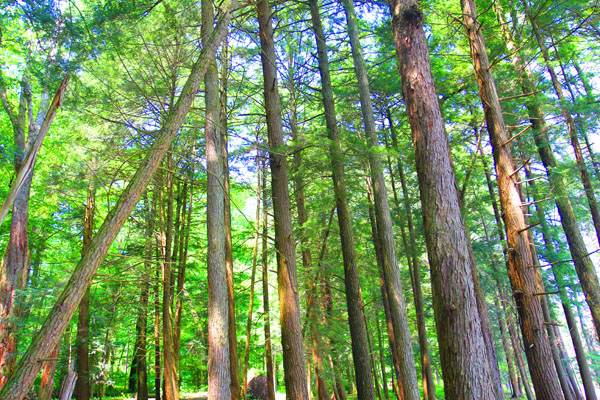
Today, as the February weather begins to warm in Louisiana and across their range, the woodcock are beginning to leave for their trip back north with love on their minds.
Males will adopt their familiar, puffy strut-of-spring, slinging their low-lumen sales pitch into the spring woods.
And so I bid them goodbye for now, reflecting on the wonderful mornings of hot coffee, good friends, and spectacular wingshooting. I also hope that they find more suitable habitat with each year, so that they may continue to provide good news to me and my two sons for years to come.




On vacation witness this beauty at halfway lake in sudbury Ontario ..loved the beak …love the name lol
Very interesting and well-written. I paint birds and the Woodcock is a beauty!